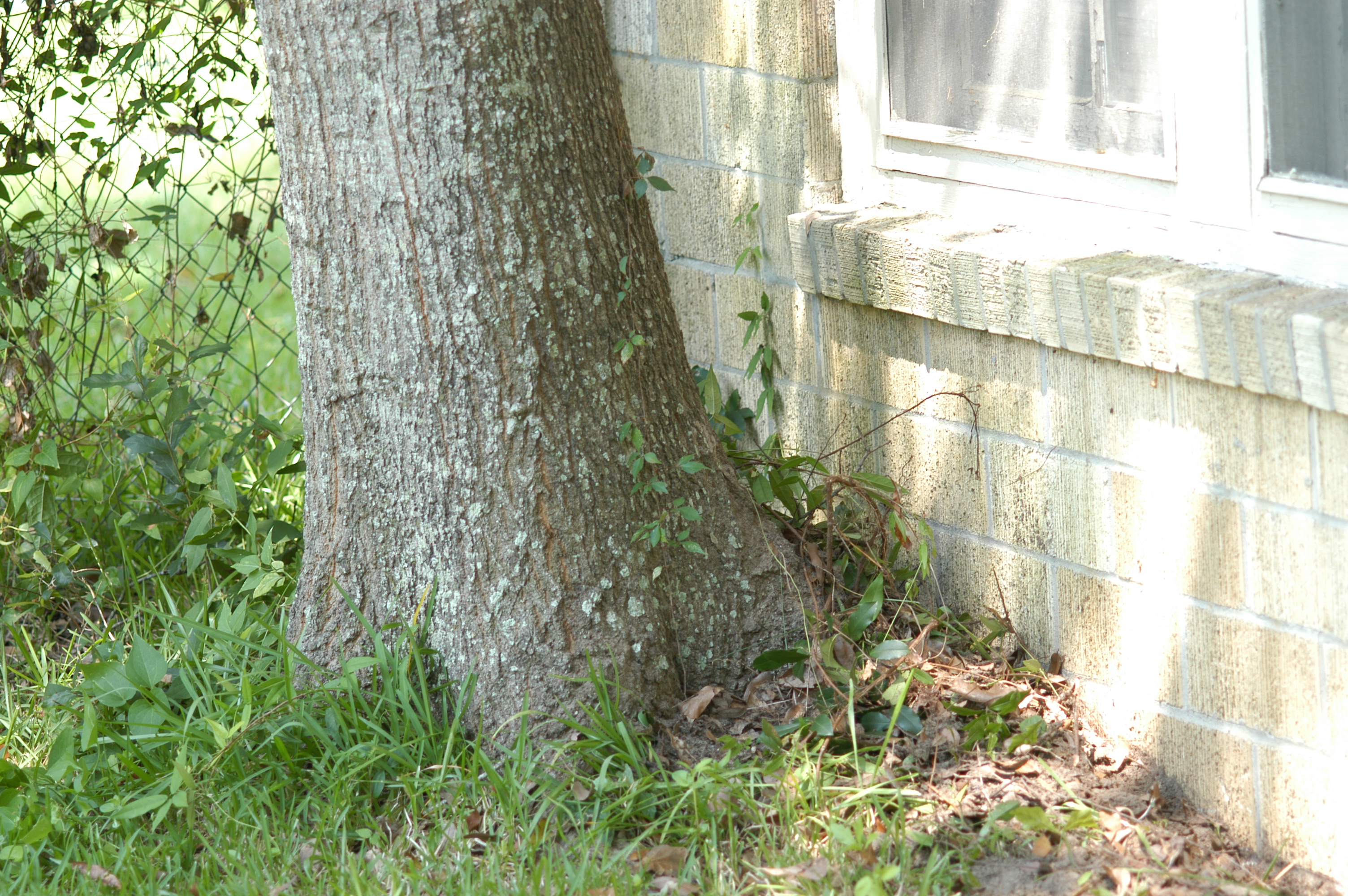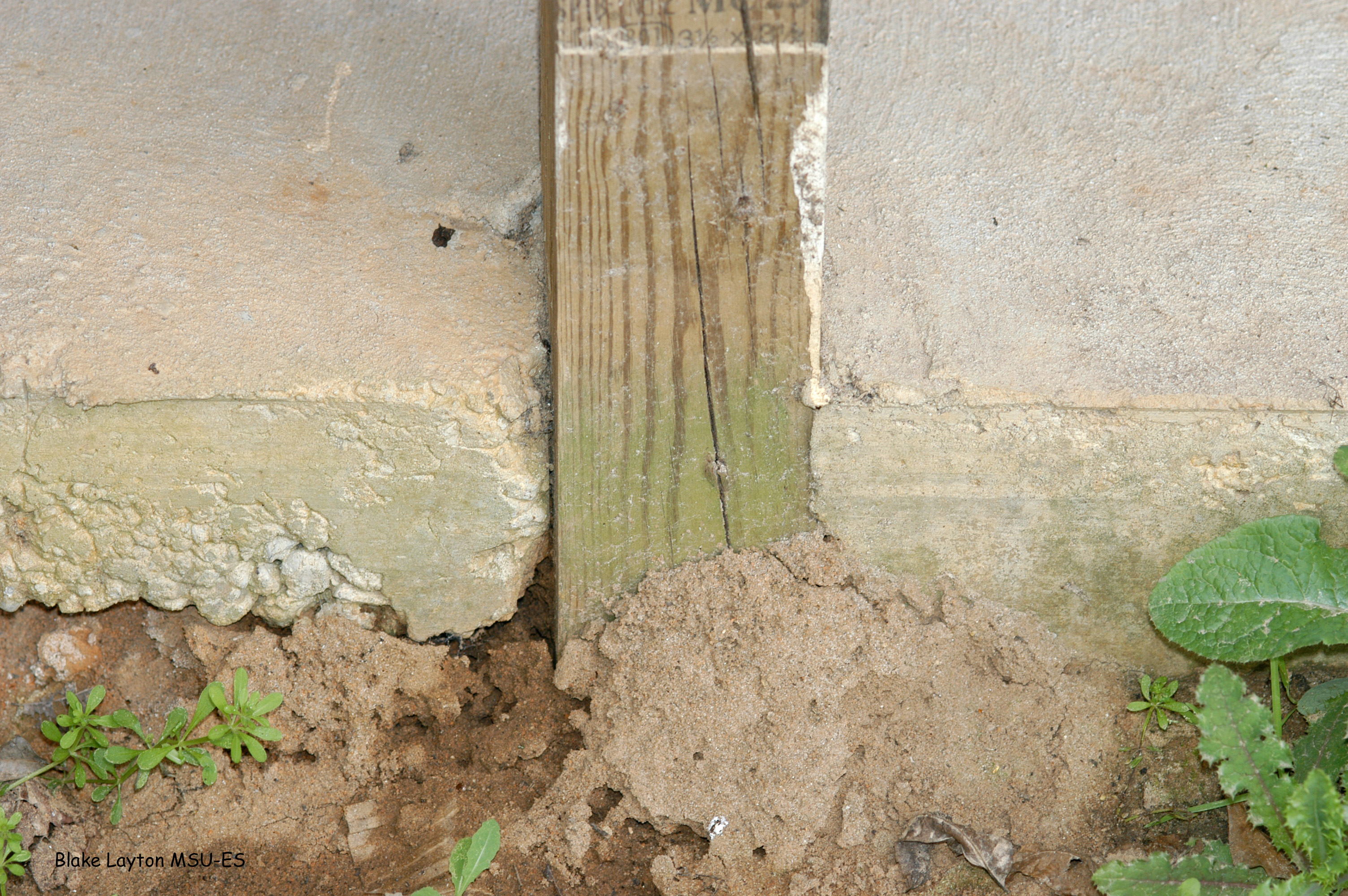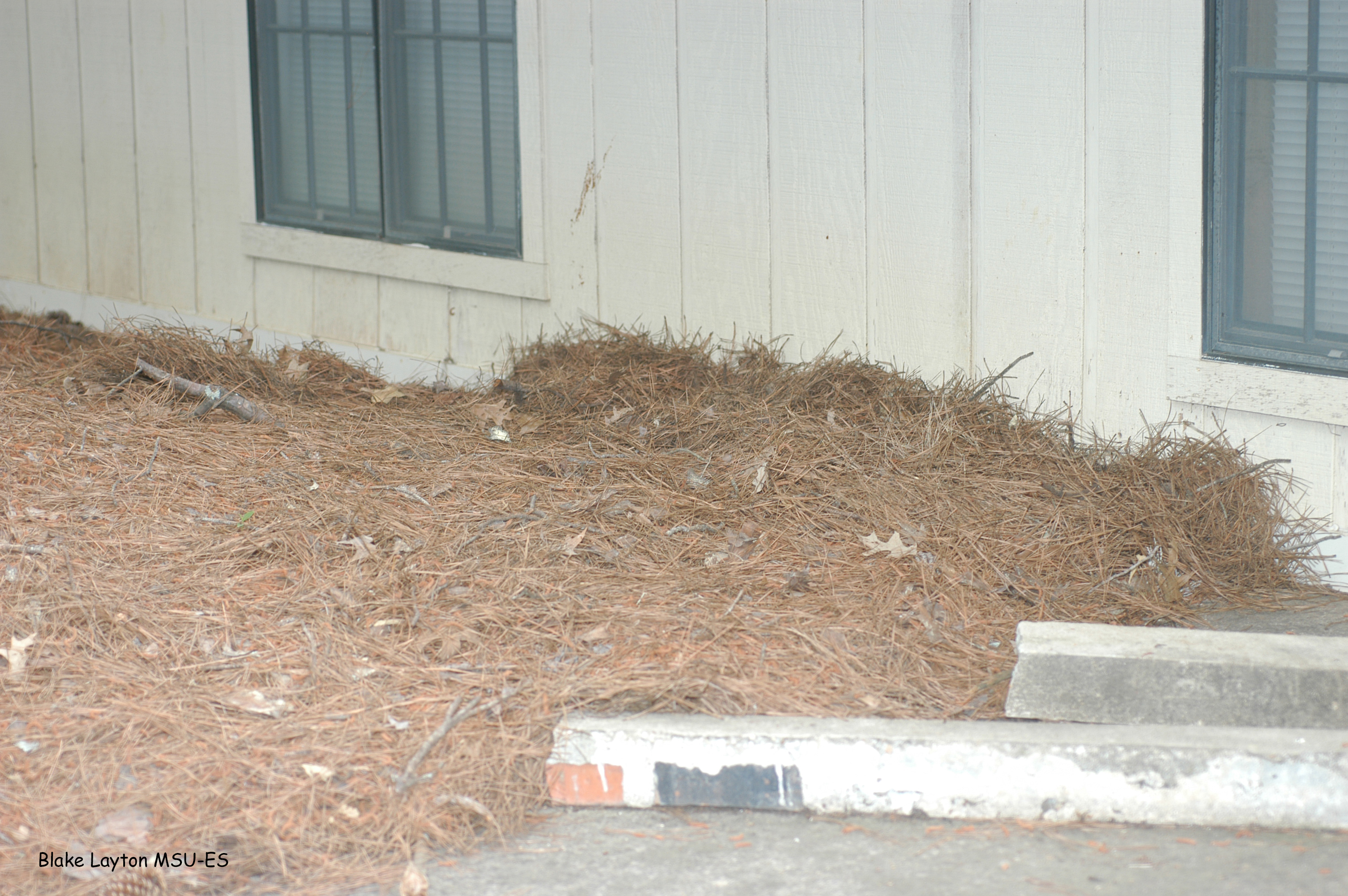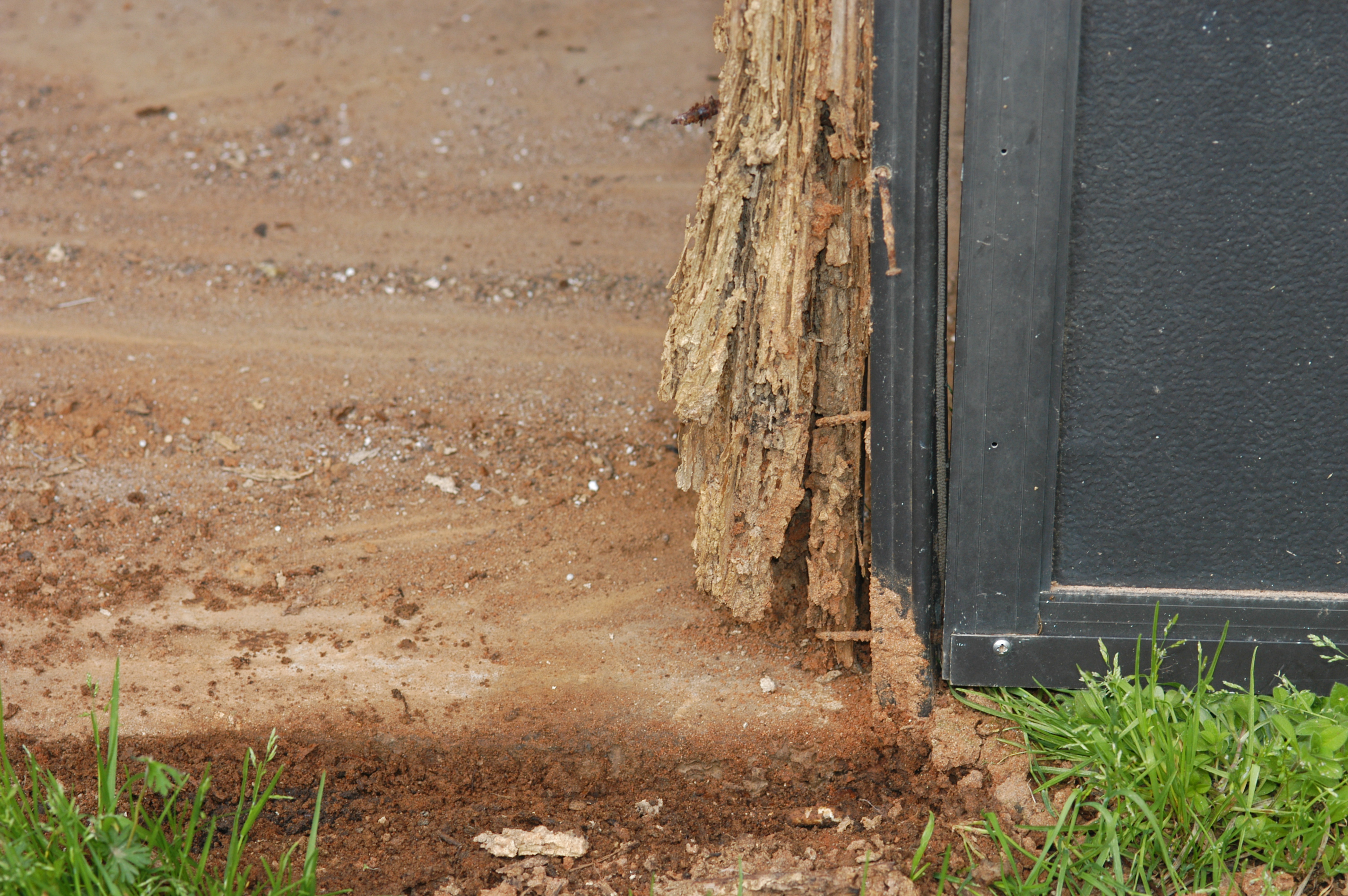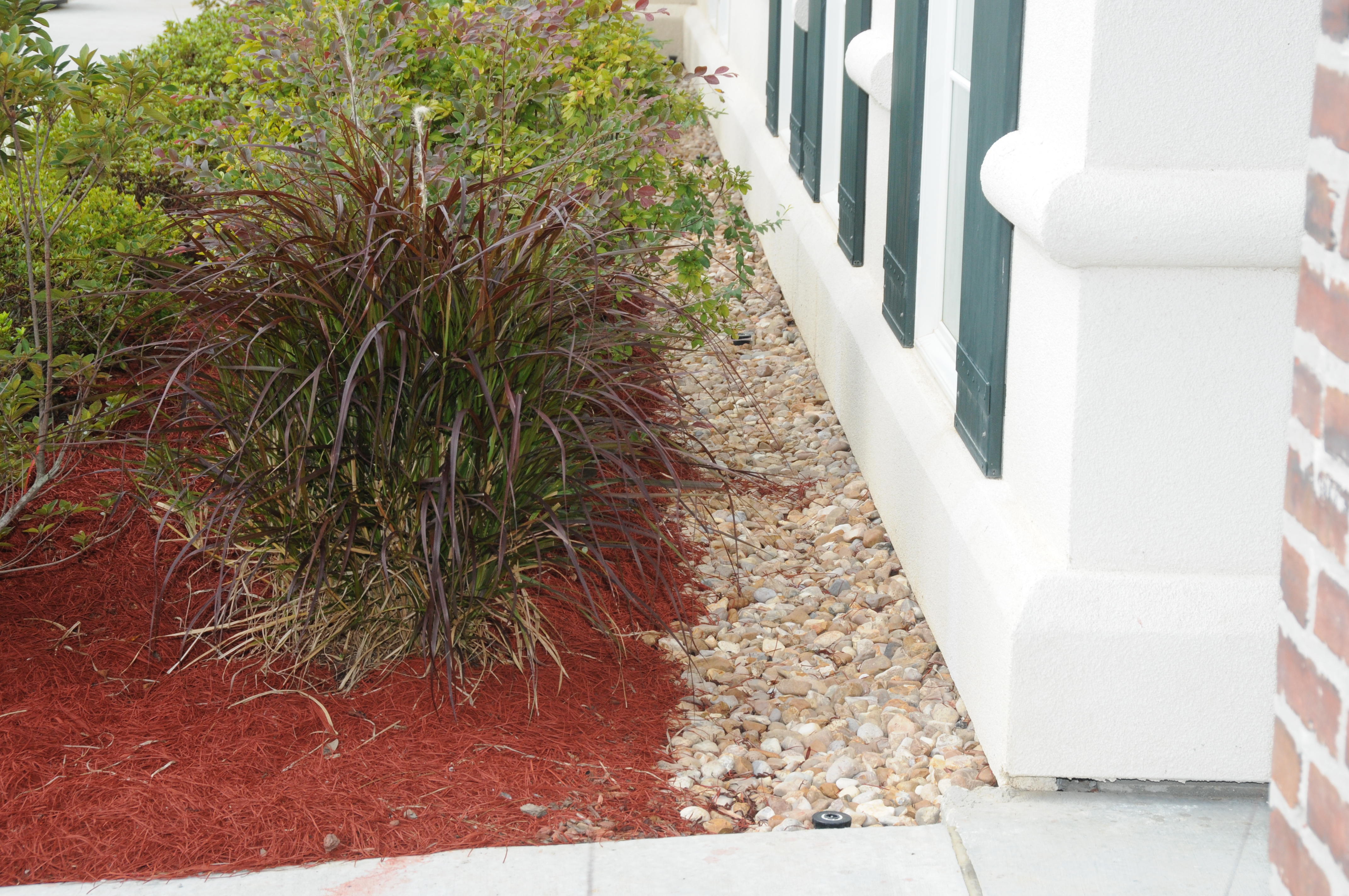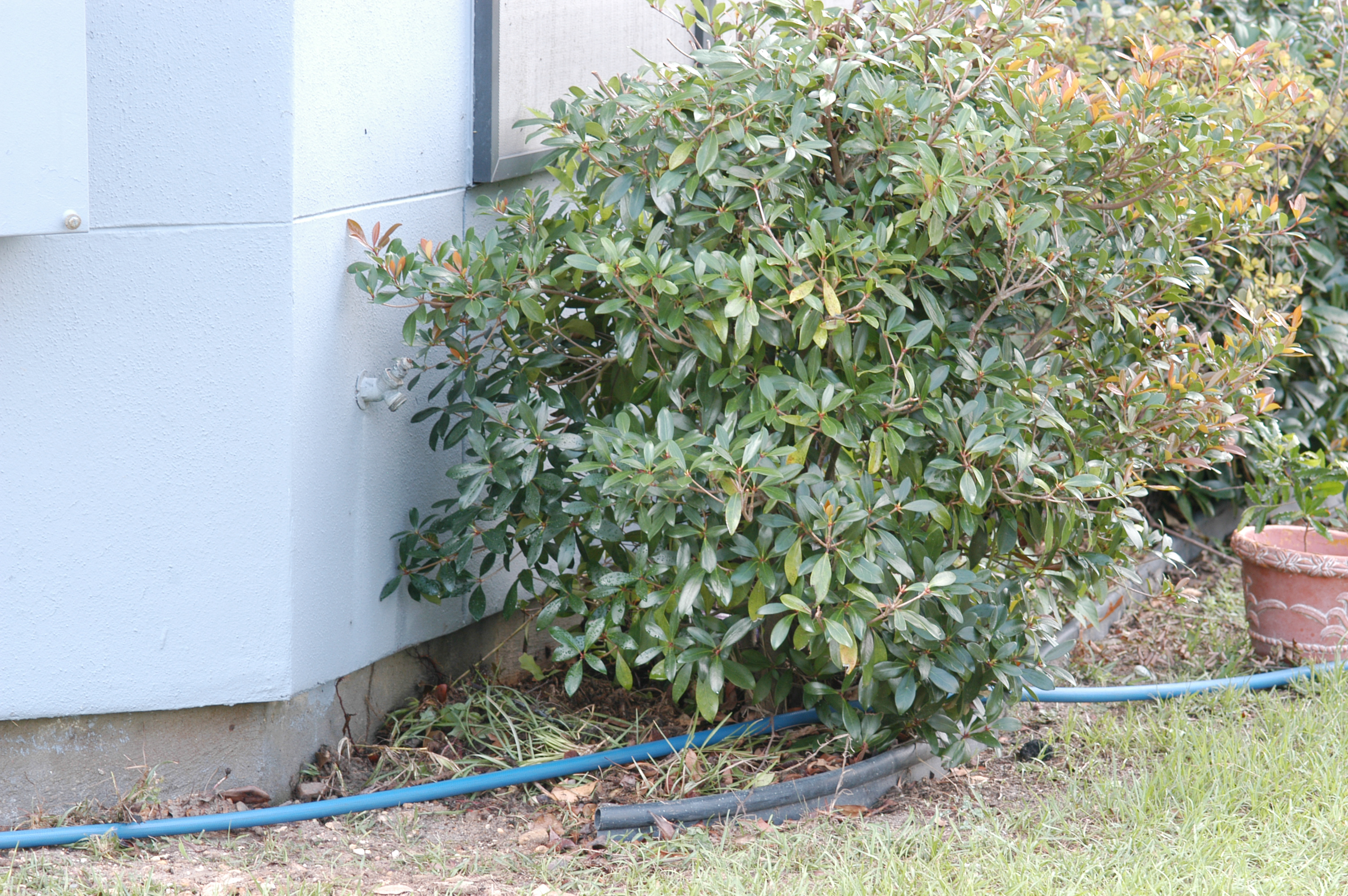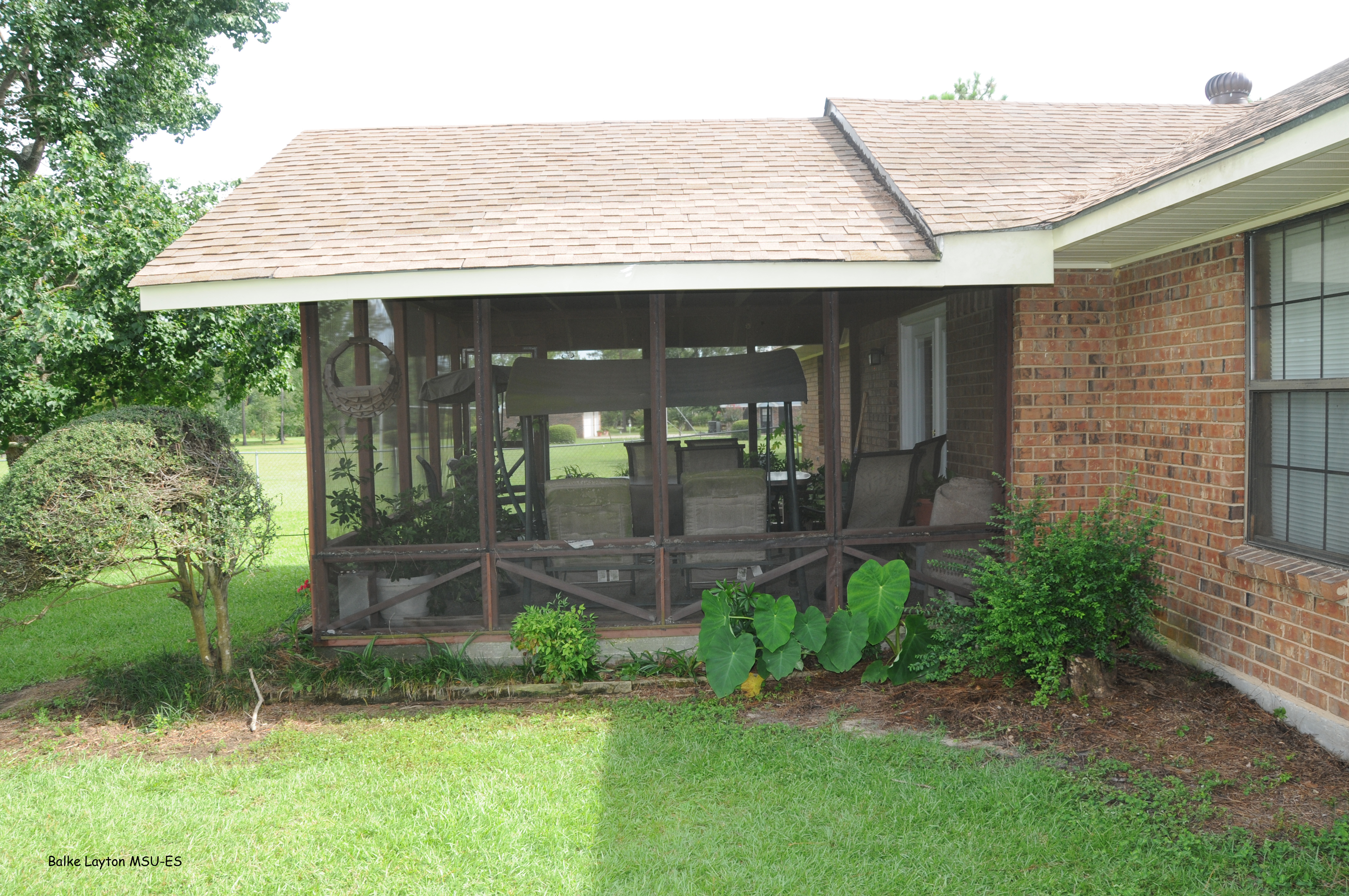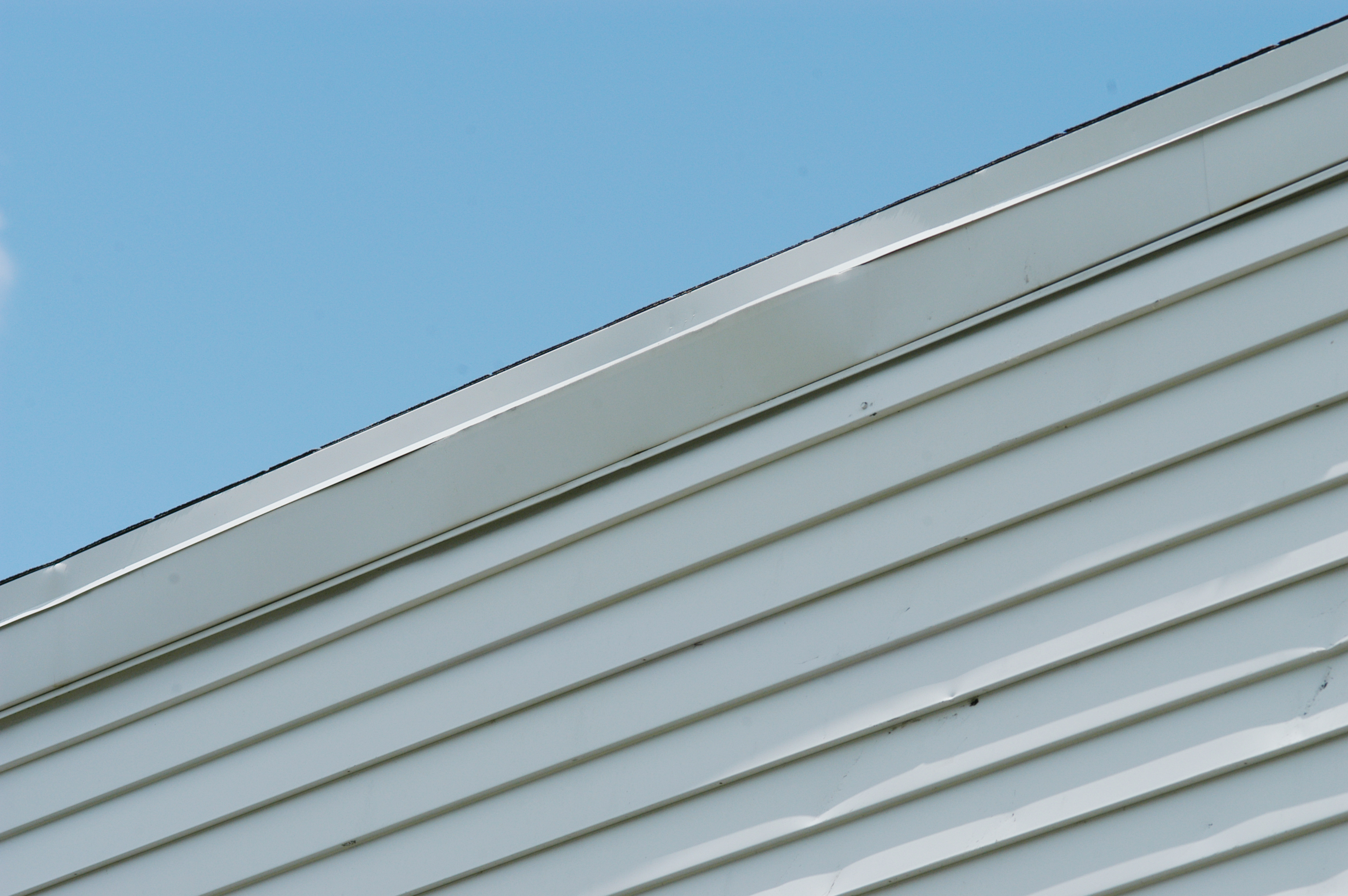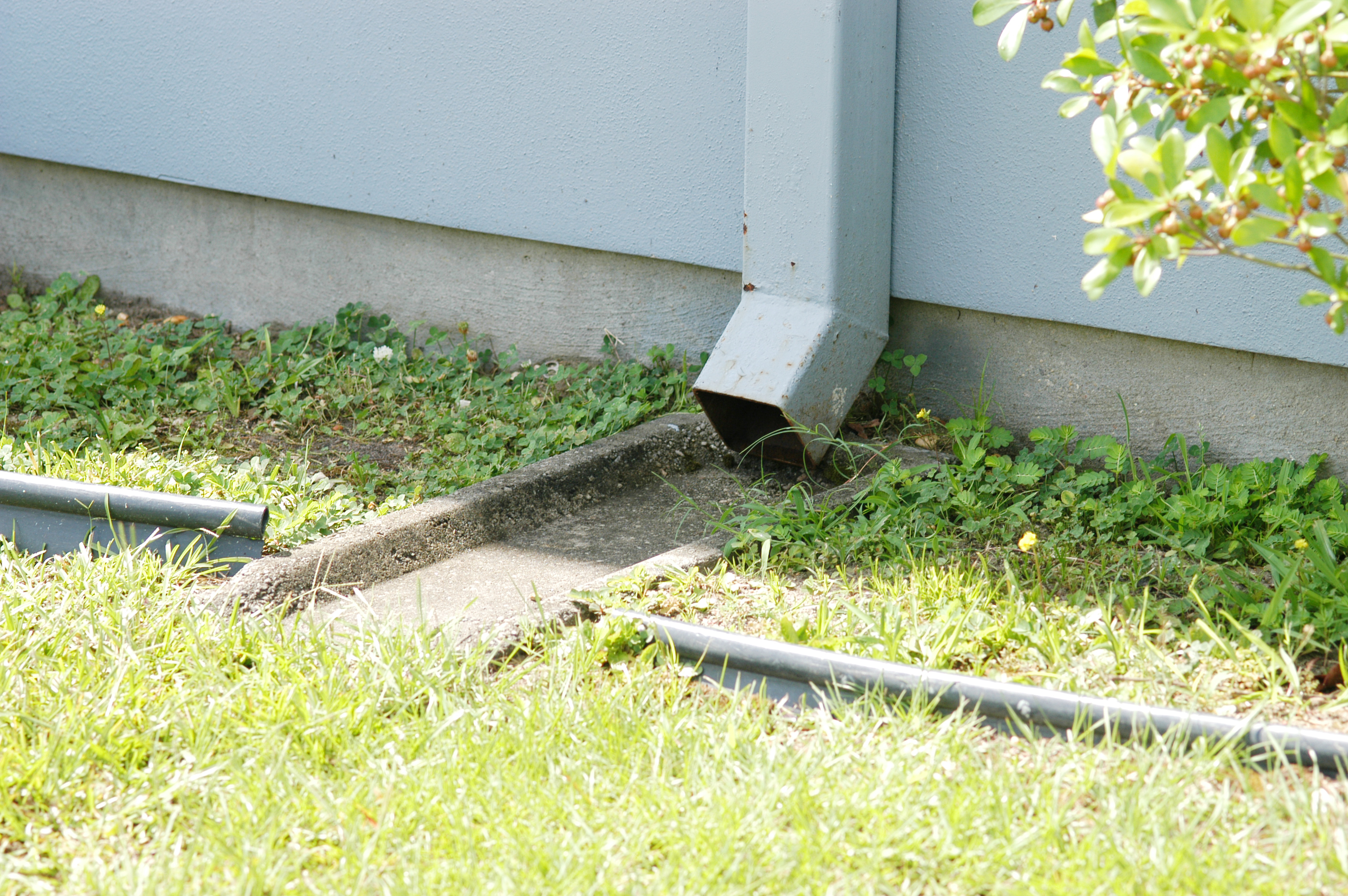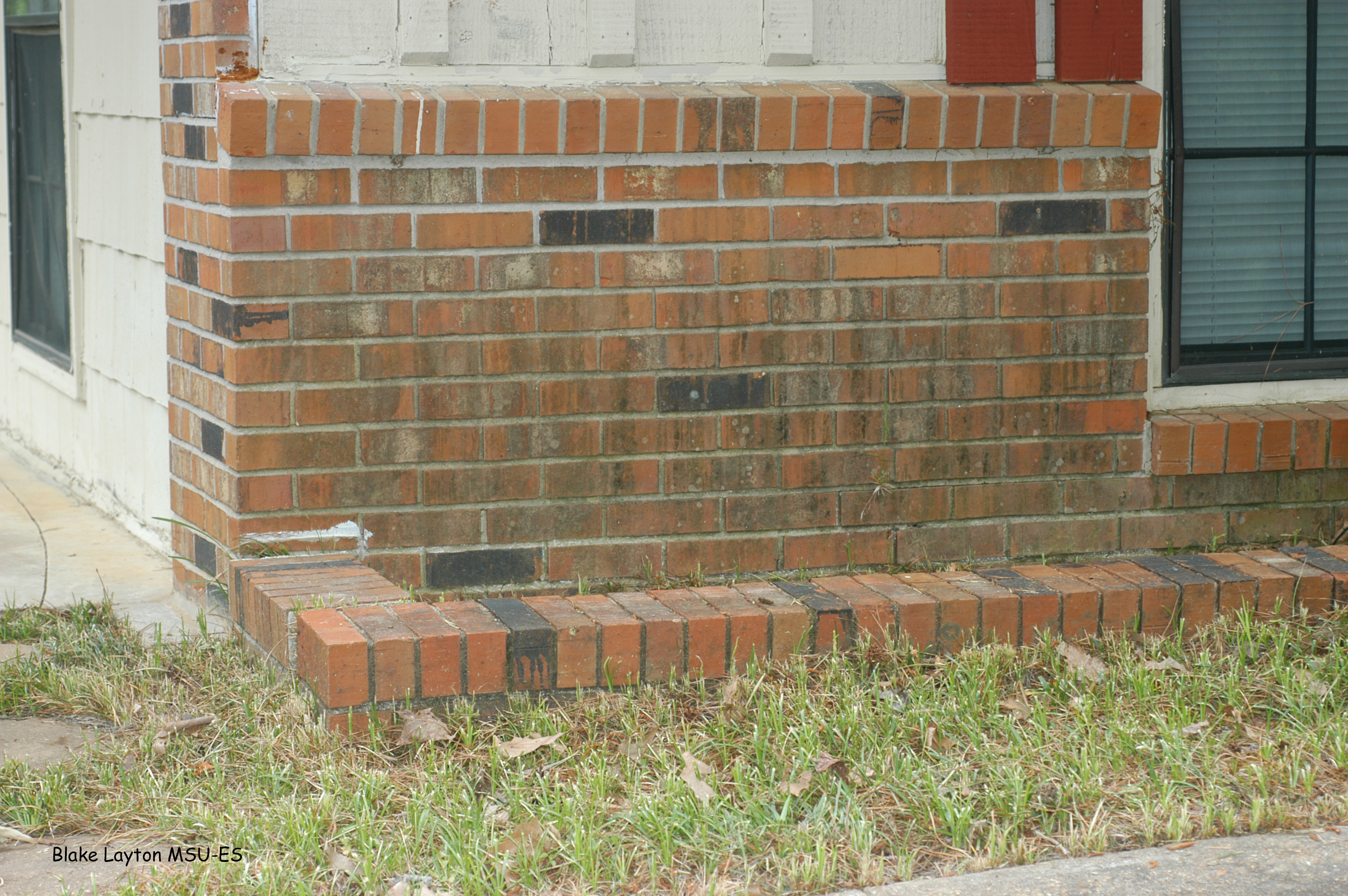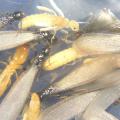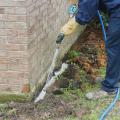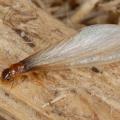Conducive Conditions (Common Termite Risk Factors)
In the world of termite management and regulation the phrase “conducive conditions” refers to risk factors that increases the potential for a building to be attacked by termites. Even when buildings have been properly treated for termites, situations can occur that increase the potential for treatment failure. It is important for homeowners and building managers to be aware of conducive conditions and promptly correct them when they occur. Here are some general descriptions of conducive conditions:
- The building is not treated! It is important that all buildings be properly protected with a preventive termite treatment and that any new addition be properly treated.
- Any activity that disturbs the band of treated soil around the outside of a building will increase the risk of attack. This includes any activity that moves treated soil away from the area or any activity that moves soil, mulch, leaf litter, or pine straw over the treated band of soil.
- Direct contact of soil, mulch, or leaves with any wooden part of the house, or with siding or insulation, will provide a ready entry point for termites.
- Excessive water accumulating against the foundation or over the treated soil can leach, break down or wash away termiticide. This includes water from poor drainage, gutter downspouts, air conditioner condensation, leaky faucets, or excessive irrigation.
- Moist wood is a major conducive condition for termite infestations. This is true whether the moisture results from leaks in roofs, flashing around chimneys or skylights, or other structural components; from plumbing leaks or air conditioner condensation drips; or from moisture condensation due to poor ventilation.
Roll over the images and click the right or left arrows.
Following are some specific examples of conducive conditions for termite infestation.
- The building has never been treated for termites.
- When the building was built, the horizontal pretreatment barrier was applied, but the final exterior perimeter treatment or vertical barrier was never applied.
- The building was treated long ago and the termiticide has degraded and is no longer effective.
- A new room(s) was added to the building but was not treated properly.
- Adding a patio or deck and not having the disturbed soil area retreated.
- Adding a trellis, steps or other wood structure using untreated wood.
- Allowing soil to contact siding or any wooden portion of the building.
- Buildings with foam insulation or stucco that extends below soil grade (ICF, Drivit, etc.).
- Wooden stakes or form boards left in soil after construction.
- Wooden debris buried in dirt-filled porches or other areas after construction.
- Wooden debris or stumps left in crawl space under building.
- Inadequate ventilation under houses with crawl spaces, resulting in moisture problems.
- Digging or tilling in the treated soil band.
- Adding raised flower beds against the outer wall of the building.
- Adding planter boxes with soil on the roof of a building.
- Stacking firewood or lumber against the building.
- Piling mulch against the foundation.
- Allowing leaves or pine straw to accumulate against the building.
- Planting shrubs or flowerbeds too near the foundation, making inspections difficult.
- Trees growing too near the building, where roots can grow under the foundation.
- Soil being washed away from or against the foundation.
- Removing or replacing treated soil when installing plumbing or other utilities.
- Dogs or other animals digging in the treated soil band.
- Water from roof or downspouts dripping onto treated soil band.
- Water from air conditioners or leaky faucets dripping onto treated soil band.
- Excessive irrigation water leaching through treated soil band.
- Poor drainage allowing water to pool against the foundation.
- Moist wood due to plumbing leaks, roof leaks, or condensation.
- Termite bait stations being destroyed by lawn maintenance or other activities.
- Allowing the termite contract to lapse on a building protected by a termite baiting system.
Dr. Blake Layton, Extension Entomology Specialist
Department of Entomology, Mississippi State University
Phone: 662-325-2960
Email: blake.layton@msstate.edu
Publications
News
Mississippi’s native subterranean termites have started swarming, and these structure-destroying insects will continue to swarm across the state over the next few months.
John Riggins, professor of forest entomology in the Mississippi State University Department of Agricultural Science and Plant Protection, said termites swarm to produce new colonies when the weather warms up, often after a rain.
Termites exist all over Mississippi and will eventually infest and damage any structure that contains wood or other cellulose components unless you properly protect those structures.
Invasive Formosan subterranean termites were first found in the state 40 years ago, and soon, these dangerous pests will swarm and threaten unprotected structures in about one-third of Mississippi’s counties.
Santos Portugal, Mississippi State University Extension Service urban entomologist, said Formosan termites typically swarm in the millions from early May to early June. They have the ability to infest and significantly damage structures much more quickly than native subterranean termites.
Success Stories
A dream of the Mississippi Pest Control Association and the Mississippi State University Extension Service is coming true after more than 20 years, thanks to a generous donation by one of Mississippi’s oldest pest-control companies.

